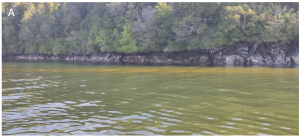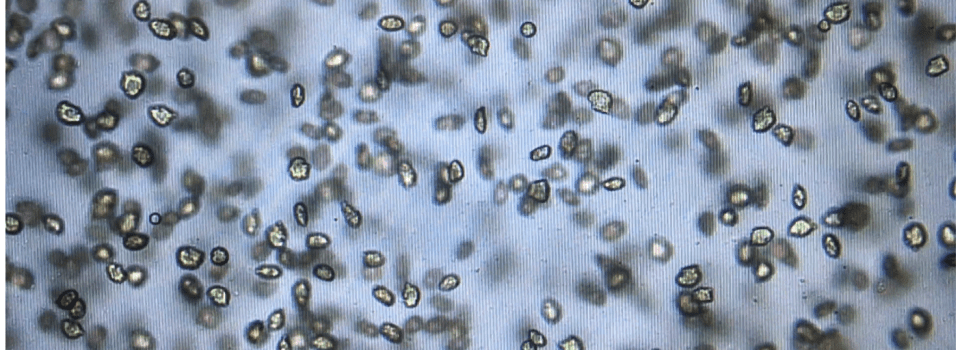IFOP investigates ichthyotoxic microalgae Heterosigma akashiwo Flowering in Comau fjord, April 2021
April 22nd, 2021
Within FIPA 2020-08 ” Inactivation techniques validation for main FANs causing microalgae project “framework. Dr. Jorge Mardones and his team made up by Dr. Javier Paredes and Juan Carlos Unión from CREAN-IFOP. They carried out research work sampling and experimentation during ichthyotoxic raphidophyte microalgae Heterosigma akashiwo intense flowering, in Comau fjord between April 4th and 6th, 2021. In situ work contemplated water column physical-chemical characterization (salinity, temperature, oxygen dissolved and fluorescence) and bubble curtainsevaluation as mitigation measures for toxic microalgae through high repetition rate fluorometry experimental use (FRRf).
Post-event currently being conducted research include:
1) H. akashiwo isolation and culture,
2) Measurement of ichthyotoxic flowering potential by using a bio essay with branchial cell lines.
3) Nutrient analysis,
4) HPLC photosynthetic pigments determination
5) Metagenomic evaluation of microbial assembly present in bloom. Among in situ observations made by the team, H. akashiwo (max. 70,000 cells / mL) high abundance stands out, with a monospecific and highly concentrated character in the first 5 meters of water column, especially in coastal zone. East of the fjord, in patches of hundreds of meters, potentially associated with water retention zones, said Dr. Mardones.
POSSIBLE CAUSES
Regarding causes that originated the phenomenon, it should be noted that Comau fjord presents a high water retention, as recently published by our working group in Science of the Total Environment (Disentangling the enviromental processes responsible for the world’s largest farmed- fish killing harmful algal Bloom: Chile, 2016) journal, which means that “what enters” this fjord “stays” there for a long time.
It is vitally important that this type of oceanographic condition of several fjords in northern Patagonia (eg, Comau, Reloncaví and Puyuhuapi) is related to rainfall decrease in the area, with temperature increase and nutrients exogenous income.
Scientific advances in our country in this matter are low, so it is necessary that there be awareness of the problem’s urgency and more funds be invested in multidisciplinary research of Harmful Algal Blooms (HABs) that are affecting in more intense and frequent in southern Chile.
The interest in research to better understand marine ecosystems should be everyone’s concern and is the way to correct mistakes and develop a more friendly and environmentally friendly aquaculture.
Comau fjord work conditions during COVID-19 quarantine period in Hualaihué city were difficult, so IFOP ‘s team is grateful for CERMAQ company logistical support which facilitated its land site in “Caleta Soledad ”for sampling and experimentation operations.
